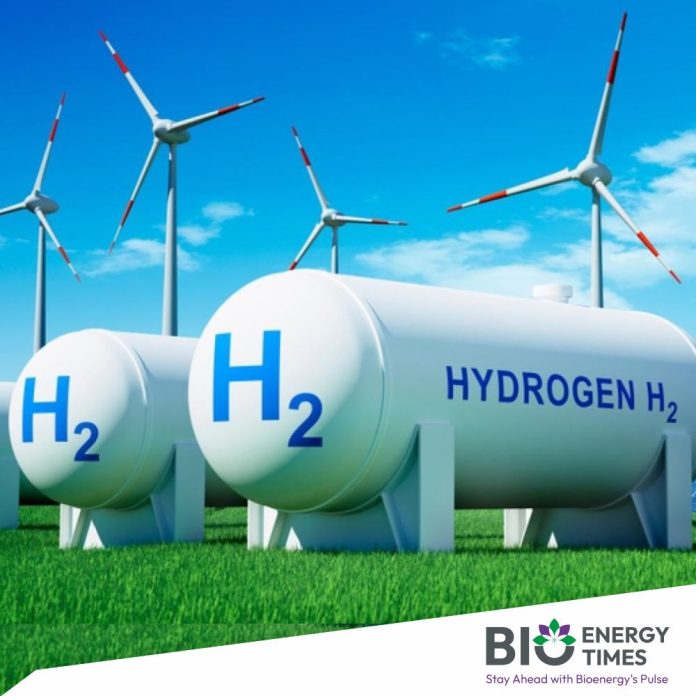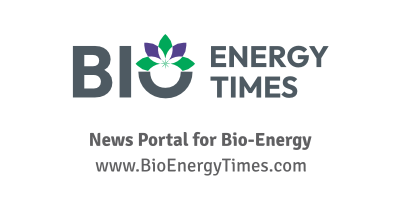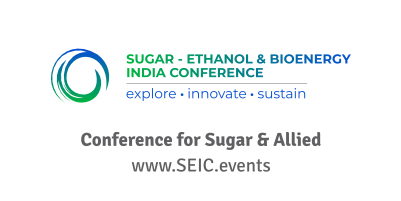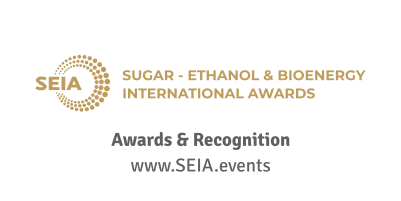Green hydrogen developments are accelerating across the globe, with significant progress reported in Africa, Asia, Europe, and Australia. Namibia has produced its first green hydrogen, while India has allocated $259 million in subsidies to nine companies under its second green hydrogen auction. Meanwhile, China has launched a new phase of long-distance hydrogen-powered freight transport, and several European nations have taken major steps in hydrogen-powered steel and energy infrastructure, reports Creamer Media’s Mining Weekly.
In Namibia, HyIron’s Oshivela plant has begun producing green hydrogen using a 12 MW electrolyser from China’s Peric Hydrogen Systems, marking a key milestone for the country’s renewable energy ambitions.
In India, nine companies have been awarded three-year subsidy packages to support green hydrogen production. However, none of the winners opted for the maximum subsidy across all three years. Some submitted high bids for one or two years while requesting much lower amounts in the remaining year, thereby reducing their average subsidy.
In China, a new milestone in hydrogen mobility has been reached, with trucks now capable of traveling more than 1,000 km non-stop using hydrogen fuel—ushering in a new era for clean, long-distance transport.
In Europe, BASF has launched the continent’s largest green hydrogen facility at its Ludwigshafen site in Germany. The 54 MW electrolyser, built by Siemens Energy, surpasses the previous record held by Yara’s 24 MW project in Norway. Meanwhile, German utility RWE and French energy company TotalEnergies are jointly developing over 30 green hydrogen projects, including a 300 MW electrolyser in Lingen set to be operational by 2027.
The European Commission is also pushing forward policies to increase demand for green steel, part of its Industrial Decarbonisation Accelerator Act. Germany has made its first payment to hydrogen pipeline developers from a €24 billion government fund to support the country’s planned 9,041 km hydrogen pipeline network.
In Australia, Western Australia’s efforts to become a green energy leader have been boosted by federal funding of A$814 million to the 1,500 MW Murchison green hydrogen project. The funding comes under the Hydrogen Headstart programme, which helps bridge the financial gap between hydrogen production costs and market pricing.
In Scotland, a major green hydrogen facility in Aberdeen is moving ahead. The Aberdeen Hydrogen Hub, a joint project by bp and Aberdeen City Council, will produce, store, and distribute hydrogen using renewable energy. Nel Hydrogen has received an order for a 2.5 MW containerised PEM electrolyser from Hydrasun for the project.
In Bulgaria, the €15 million H2Start Hydrogen Valley project is putting the country on the map as a future green hydrogen exporter. The initiative includes partnerships with Thracian University, the Polytechnic University of Turin, and the Institute for Advanced Energy Technologies.
These developments come amid broader global interest in clean hydrogen, highlighted during last month’s South Africa–EU Summit in Cape Town. European Commission President Ursula von der Leyen noted South Africa’s potential in the sector, citing its rich natural resources, including the world’s largest reserves of platinum group metals crucial for hydrogen technologies.
Although green hydrogen was first produced in South Africa in 2012 using a platinum-based electrolyser, recent activity across multiple continents is now driving the clean hydrogen economy forward at a much faster pace.
For detailed information and further insights, please refer to BioEnergyTimes.com, which provides the latest news about the Green Hydrogen Industry
















